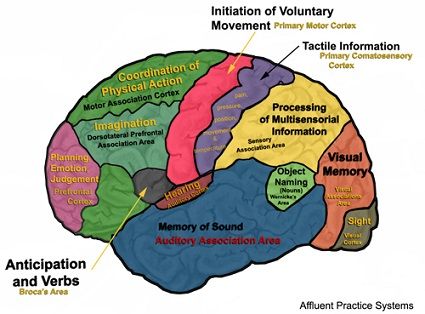False Memory
Feb 06, 2019 • 573 views
How does MEMORY works?
Many people believe that memory works like a recording device but actually it works more like a Wikipedia page: You can go in there and change it, but so can other people.

What is false memory?
A condition in which a person’s identity and interpersonal relationships are based on a memory of a traumatic experience which is actually false, but in which the person is strongly convinced.
Basically a memory that is never experienced but is described to the individual and fabricated in such a way that it seems real to that person.

How is it caused?
It is usually caused by misinformation of a certain event.
People get misinformation not only if they are questioned in a leading way, but if they talk to other witnesses who might consciously or inadvertently feed them some wrong information, or if they see media coverage about some event we might have experienced, all of these provide the opportunity for contamination of memory.
An Interesting Fact
So what these studies are showing is that when somebody feed people misinformation about some experience that they may have had, he can distort or change their memory.

When is it most influential?
Usually at younger ages when the brain is still developing and is vulnerable it is most influential.
This occurs because the frontal lobe of the brain is not fully developed, so a traumatic experience is not able to be remembered long term.
Is it serious?
Some cases are minor which are common at times.
But major cases are usually a lot worse and most deal with falsely traumatic experiences.
Example of major cases
Elizabeth Loftus is an American psychologist who studies memory.
She came across a case in which a person named ‘Steve Titus’ was convicted of rape based on the eyewitness testimony of victim.
If false memory was discussed and researched at that time then it might have saved Steve Titus, the man whose whole future was snatched away by a false memory.
Steve Titus

Elizabeth Loftus

Some facts
IN one project in United States, it was found out that around 300 people were convicted of crimes which they actually didn’t do. They spend around 10 -20 years in prison.
Now DNA testing has proven that they were actually innocent. It was found that three quarters of them are due to faulty memory, faulty eye witnessed memory.
